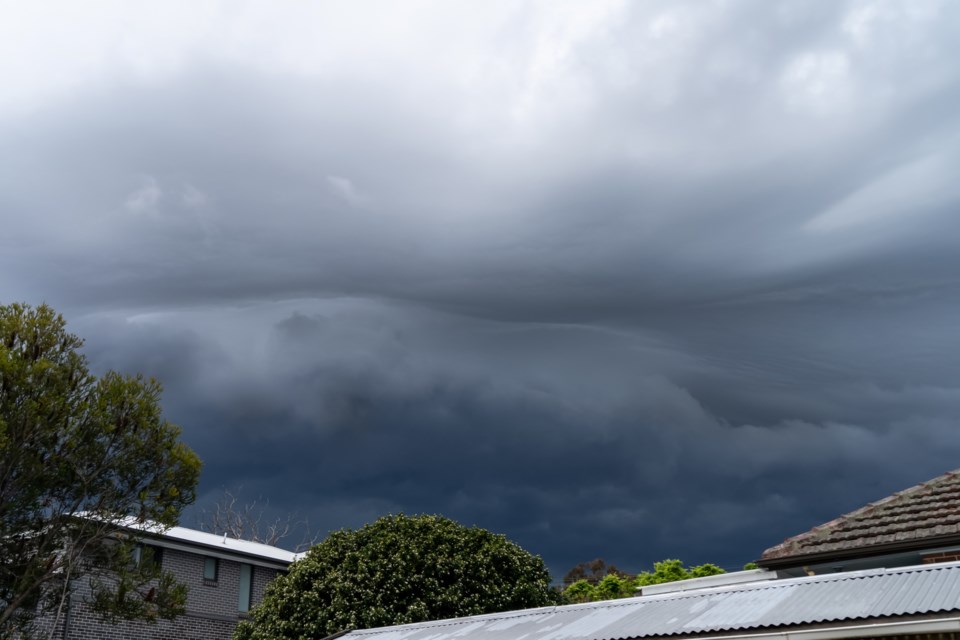Weatherhood is a series of stories produced in collaboration with ChatGPT.
La Niña, Spanish for 'the little girl,' is a climate phenomenon that is often considered the antithesis of El Niño.
While El Niño is characterized by warmer than average waters in the Pacific Ocean, La Niña brings cooler than normal waters to the eastern and central Pacific.
Sometimes referred to as El Viejo, anti-El Niño, or simply "a cold event", La Niña is more than just El Niño's cooler sister.
It's a significant player in global weather patterns and has a notable impact on British Columbia's climate.
La Niña's impact on British Columbia's climate
La Niña's influence extends to the far reaches of North America, including British Columbia.
During La Niña events, the province typically experiences above-average precipitation and colder-than-normal temperatures in the winter months.
This is due to changes in the subtropical jet stream entering North America, which contributes to large departures in the location and strength of storm paths.
Climate change and La Niña: A complex relationship
The relationship between climate change and La Niña is complex and not yet fully understood.
However, it's clear that the changes in our global climate system have the potential to impact the frequency and intensity of La Niña events.
As our planet continues to warm, we may see changes in the patterns of trade wind circulation that trigger La Niña events.
This could lead to more frequent or more intense La Niña events in the future, with significant implications for British Columbia's climate.
Navigating the winter wonderland: A guide to surviving a highway snowstorm in British Columbia
Winter storms in British Columbia can be unpredictable and severe, often leading to dangerous driving conditions.
It's not uncommon for motorists to find themselves stranded on highways during these storms, with little food, no water, and no mobile service.
While this scenario is daunting, there are specific survival tips that can increase one's chances of staying safe and getting help.
Preparing for the worst: Essential survival tips
The first step in surviving a winter storm is to stay calm and assess the situation.
It's crucial to conserve energy and maintain body heat.
If the car is operational, it should be kept running to provide heat, but only for about 10 minutes every hour to conserve fuel.
Ensure that the exhaust pipe is clear of snow to prevent carbon monoxide poisoning.
If there's no food or water, ration any available resources.
Snow can be melted for drinking water, but it should be done slowly to avoid lowering body temperature.
Avoid eating snow directly as it can lower body temperature and lead to dehydration.
Signalling for help without mobile service
In situations where there's no mobile service, traditional methods of signalling for help can be effective.
Use a whistle or horn to make noise. If it's dark, use a flashlight or the car's hazard lights to attract attention.
During the day, use a bright piece of cloth or a distress flag to signal for help.
In some remote areas of British Columbia, there may be emergency call boxes along the highway. If possible, try to reach one of these.
If the car has a GPS system, it may have an emergency SOS feature that can send a distress signal even without mobile service.
Staying safe until help arrives
While waiting for help, it's important to stay warm and dry.
Use anything available, such as floor mats, newspapers, or car seat covers, for extra insulation. If there are other people in the car, huddle together for warmth.
Avoid leaving the car unless absolutely necessary. It's easier for rescuers to spot a vehicle than a person, especially in heavy snowfall.
If it's necessary to leave the car, leave a note with the date, time, and direction of travel.
Being stranded on a highway during a winter storm is a serious situation, but with the right knowledge and preparation, it's possible to stay safe until help arrives.




